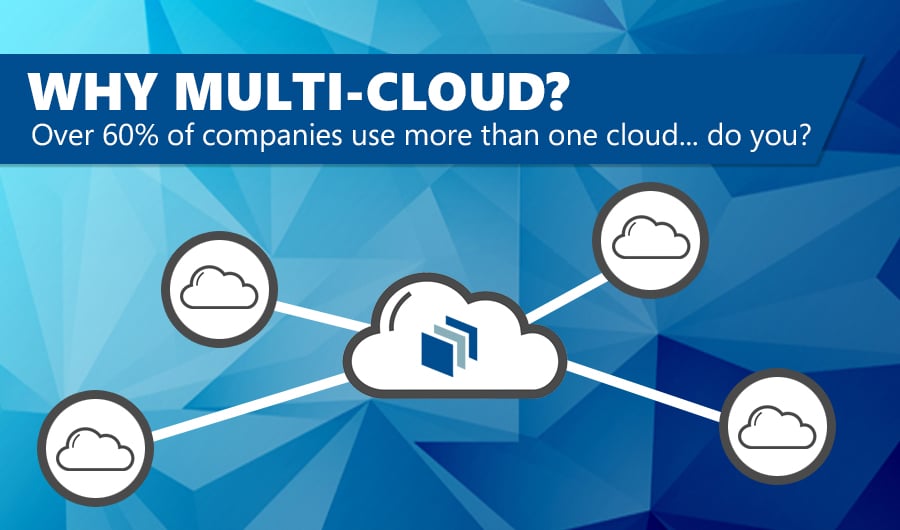Understanding Multi-Cloud Environments: Key Concepts and Benefits
In today’s rapidly evolving digital landscape, managing multi-cloud environments effectively has become a critical aspect of modern IT infrastructure. Multi-cloud environments refer to the use of multiple cloud computing services from different vendors, such as Amazon Web Services (AWS), Microsoft Azure, and Google Cloud Platform (GCP), to support various business applications and services. This approach offers numerous benefits, including enhanced flexibility, cost optimization, and reduced vendor lock-in.
One of the primary advantages of multi-cloud environments is the increased flexibility they provide. Organizations can choose the best cloud service for each application or workload, based on factors such as performance, cost, and security requirements. This granular control enables businesses to optimize resource allocation, minimize latency, and ensure high availability for mission-critical applications.
Cost optimization is another significant benefit of managing multi-cloud environments effectively. By leveraging the competitive pricing models and promotional offers of multiple cloud vendors, organizations can reduce overall IT expenses and avoid being locked into a single provider‘s pricing structure. Additionally, multi-cloud environments enable businesses to take advantage of various cost management strategies, such as rightsizing resources, leveraging reserved instances, and implementing cost allocation and chargeback models.
Lastly, managing multi-cloud environments effectively helps organizations mitigate the risk of vendor lock-in. By diversifying their cloud portfolio, businesses can avoid being dependent on a single provider and maintain the freedom to switch vendors if needed. This flexibility not only enhances negotiation power with cloud providers but also ensures business continuity in the event of a service disruption or outage.
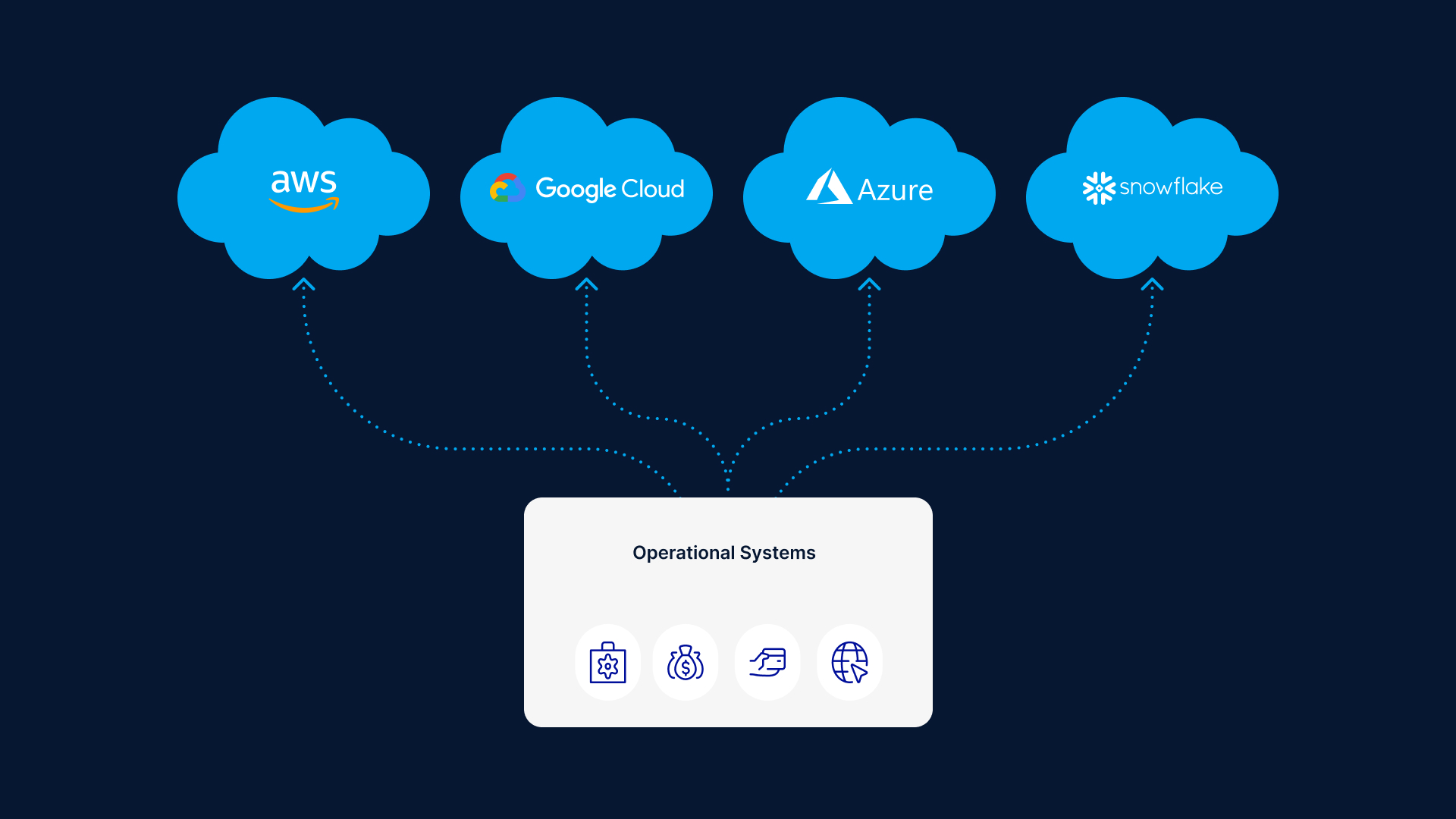
Challenges in Managing Multi-Cloud Architectures
Managing multi-cloud environments effectively can be a complex and daunting task for organizations. Various challenges arise when dealing with multiple cloud providers, including data integration, security, and cost management. These challenges can significantly impact business operations and hinder innovation if not addressed properly.
One of the most significant challenges in managing multi-cloud environments is data integration. As data is generated and stored across various cloud platforms, ensuring seamless data flow and interoperability between systems can be challenging. Data silos can emerge, leading to inefficient data management, inconsistent data quality, and difficulties in extracting valuable insights from data. To overcome these challenges, organizations should invest in robust data integration tools and strategies, such as data virtualization, ETL (Extract, Transform, Load) processes, and APIs (Application Programming Interfaces).
Security is another critical challenge in managing multi-cloud environments effectively. With sensitive data spread across multiple cloud platforms, ensuring end-to-end data protection, access control, and compliance with data privacy regulations can be challenging. Moreover, the shared responsibility model of cloud computing, where cloud providers and customers share security responsibilities, adds complexity to the security landscape. To address these concerns, organizations should implement a comprehensive multi-cloud security strategy, incorporating best practices such as data encryption, role-based access control, and regular vulnerability assessments.
Lastly, cost management is a significant challenge in managing multi-cloud environments effectively. The complexity of multiple cloud platforms, billing models, and pricing structures can make it difficult for organizations to monitor and optimize cloud spending. Without proper cost management strategies, businesses may end up overspending on unnecessary resources or facing unexpected bills from cloud providers. To tackle these challenges, organizations should leverage cost management tools and strategies, such as rightsizing resources, leveraging reserved instances, and implementing cost allocation and chargeback models.
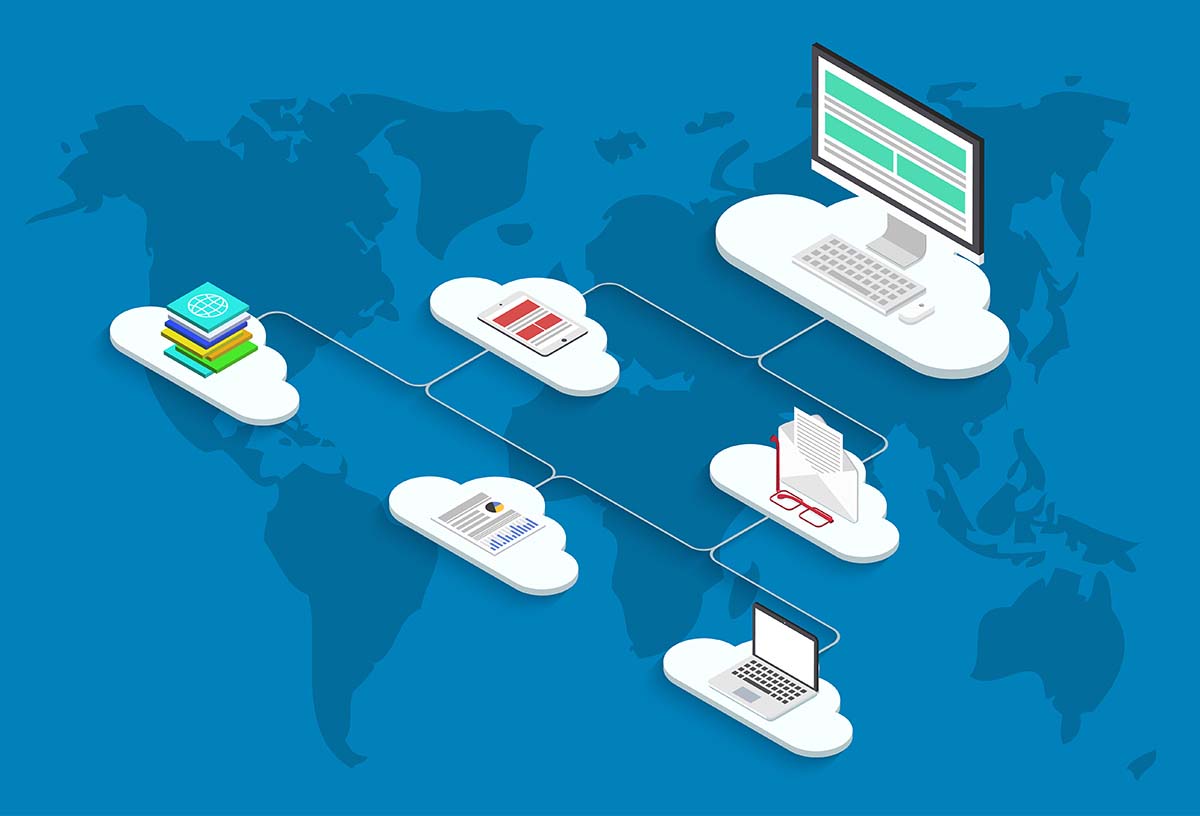
Strategies for Effective Multi-Cloud Management
Managing multi-cloud environments effectively requires a strategic approach that addresses the challenges of data integration, security, and cost management. Implementing centralized management tools, automating workflows, and establishing clear governance policies are essential strategies for effective multi-cloud management.
Centralized management tools provide a unified view of multi-cloud environments, enabling organizations to manage resources, services, and policies from a single interface. These tools can help reduce complexity, improve visibility, and enhance operational efficiency. Examples of centralized management tools include VMware Cloud, Microsoft Azure Arc, and IBM Cloud.
Automating workflows is another critical strategy for effective multi-cloud management. Automation can help reduce manual errors, improve consistency, and accelerate the delivery of IT services. By automating routine tasks, such as provisioning, scaling, and decommissioning resources, organizations can free up resources and focus on more strategic initiatives. Tools such as Ansible, Terraform, and Kubernetes can help automate multi-cloud workflows.
Establishing clear governance policies is essential for managing multi-cloud environments effectively. Governance policies provide a framework for managing resources, services, and data across multiple cloud platforms. These policies should cover various aspects of multi-cloud management, including security, compliance, cost management, and data management. By establishing clear governance policies, organizations can ensure consistency, reduce risks, and improve compliance.
In addition to these strategies, organizations should consider implementing DevOps practices, such as continuous integration, continuous delivery, and continuous deployment. DevOps practices can help improve collaboration, accelerate innovation, and enhance the quality of IT services. By adopting DevOps practices, organizations can improve their ability to manage multi-cloud environments effectively.

Selecting the Right Multi-Cloud Management Tools
Managing multi-cloud environments effectively requires the right tools that can help organizations overcome the challenges of data integration, security, and cost management. When selecting multi-cloud management tools, organizations should consider factors such as compatibility, ease of use, and scalability.
Compatibility is a critical factor when selecting multi-cloud management tools. Organizations should ensure that the tools they choose are compatible with their existing infrastructure and cloud platforms. Compatibility ensures seamless integration and reduces the risk of disruptions and errors. Tools such as VMware Cloud, Microsoft Azure Arc, and IBM Cloud are compatible with multiple cloud platforms and can help organizations manage their multi-cloud environments effectively.
Ease of use is another critical factor to consider when selecting multi-cloud management tools. Tools that are easy to use can help organizations reduce the learning curve and improve adoption. Ease of use also ensures that IT teams can manage multi-cloud environments efficiently, reducing the risk of errors and improving productivity. Tools such as Red Hat Ansible, Terraform, and Kubernetes are known for their ease of use and can help organizations manage multi-cloud environments effectively.
Scalability is essential when selecting multi-cloud management tools. Organizations should choose tools that can scale with their growing multi-cloud environments. Scalability ensures that IT teams can manage resources and services efficiently, reducing the risk of performance issues and downtime. Tools such as AWS CloudFormation, Google Cloud Deployment Manager, and Azure Resource Manager are designed to scale and can help organizations manage their multi-cloud environments effectively.
In addition to these factors, organizations should also consider the cost, security, and support features of multi-cloud management tools. Choosing tools that offer robust security features, flexible pricing options, and reliable support can help organizations manage multi-cloud environments effectively and efficiently.

Implementing Multi-Cloud Security Best Practices
Managing multi-cloud environments effectively requires organizations to implement robust security measures to protect their data and applications. Multi-cloud security best practices include data encryption, role-based access control, and regular vulnerability assessments. By implementing these best practices, organizations can reduce the risk of data breaches, ensure compliance with regulations, and maintain the trust of their customers.
Data encryption is a critical security measure for multi-cloud environments. Encrypting data at rest and in transit ensures that even if data is intercepted or accessed without authorization, it cannot be read or used. Organizations can use encryption keys to manage access to encrypted data, ensuring that only authorized users can decrypt and access the data. Tools such as AWS Key Management Service (KMS), Azure Key Vault, and Google Cloud Key Management Service can help organizations manage encryption keys and implement data encryption in multi-cloud environments.
Role-based access control (RBAC) is another essential security measure for multi-cloud environments. RBAC enables organizations to control access to resources and services based on the roles and responsibilities of users. By implementing RBAC, organizations can reduce the risk of unauthorized access and ensure that users only have access to the resources and services they need to perform their jobs. Tools such as AWS Identity and Access Management (IAM), Azure Active Directory, and Google Cloud Identity and Access Management (IAM) can help organizations implement RBAC in multi-cloud environments.
Regular vulnerability assessments are also critical for multi-cloud security. Vulnerability assessments enable organizations to identify and address security weaknesses in their multi-cloud environments before they can be exploited by attackers. Tools such as AWS Inspector, Azure Security Center, and Google Cloud Security Command Center can help organizations perform vulnerability assessments and implement security best practices in multi-cloud environments.
In addition to these best practices, organizations should also stay informed about emerging threats and security trends in multi-cloud environments. By staying informed, organizations can proactively address new security risks and ensure that their multi-cloud environments remain secure and compliant.
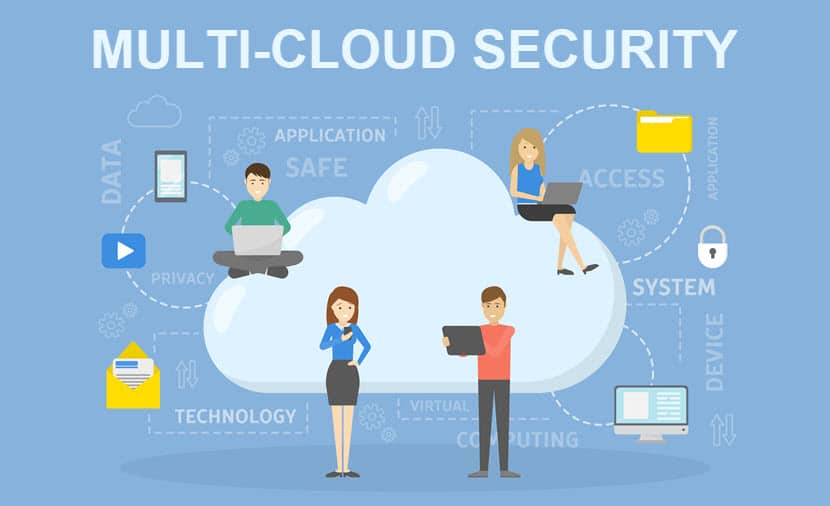
Optimizing Multi-Cloud Cost Management
Managing multi-cloud environments effectively requires organizations to implement robust cost management strategies. Multi-cloud cost management involves monitoring and optimizing cloud spending across multiple cloud providers. By implementing cost management best practices, organizations can reduce cloud costs, improve resource utilization, and ensure that their cloud spending aligns with their business objectives.
One effective strategy for multi-cloud cost management is rightsizing resources. Rightsizing involves identifying underutilized resources and resizing or decommissioning them to reduce costs. Organizations can use cloud provider tools such as AWS Cost Explorer, Azure Cost Management, and Google Cloud Cost Management to identify underutilized resources and optimize their cloud spending.
Leveraging reserved instances is another effective strategy for multi-cloud cost management. Reserved instances provide organizations with discounted pricing in exchange for committing to using a certain amount of cloud resources for a specified period. Organizations can use reserved instances to save up to 75% on their cloud spending compared to on-demand pricing. Cloud providers offer various reserved instance options, including convertible and standard instances, which offer different levels of flexibility and savings.
Implementing cost allocation and chargeback models is also critical for multi-cloud cost management. Cost allocation involves assigning cloud costs to specific departments, teams, or projects. Chargeback involves billing departments, teams, or projects for their cloud usage. By implementing cost allocation and chargeback models, organizations can ensure that their cloud spending aligns with their business objectives and that users are accountable for their cloud usage.
Tools such as CloudHealth, Cloudability, and ParkMyCloud can help organizations monitor and optimize their multi-cloud costs. These tools provide features such as cost optimization recommendations, usage analytics, and alerts for overspending. By using these tools, organizations can automate their multi-cloud cost management and ensure that their cloud spending remains under control.
In addition to these strategies, organizations should also stay informed about emerging trends and best practices in multi-cloud cost management. By staying informed, organizations can proactively address new cost management challenges and ensure that their multi-cloud environments remain cost-effective and efficient.
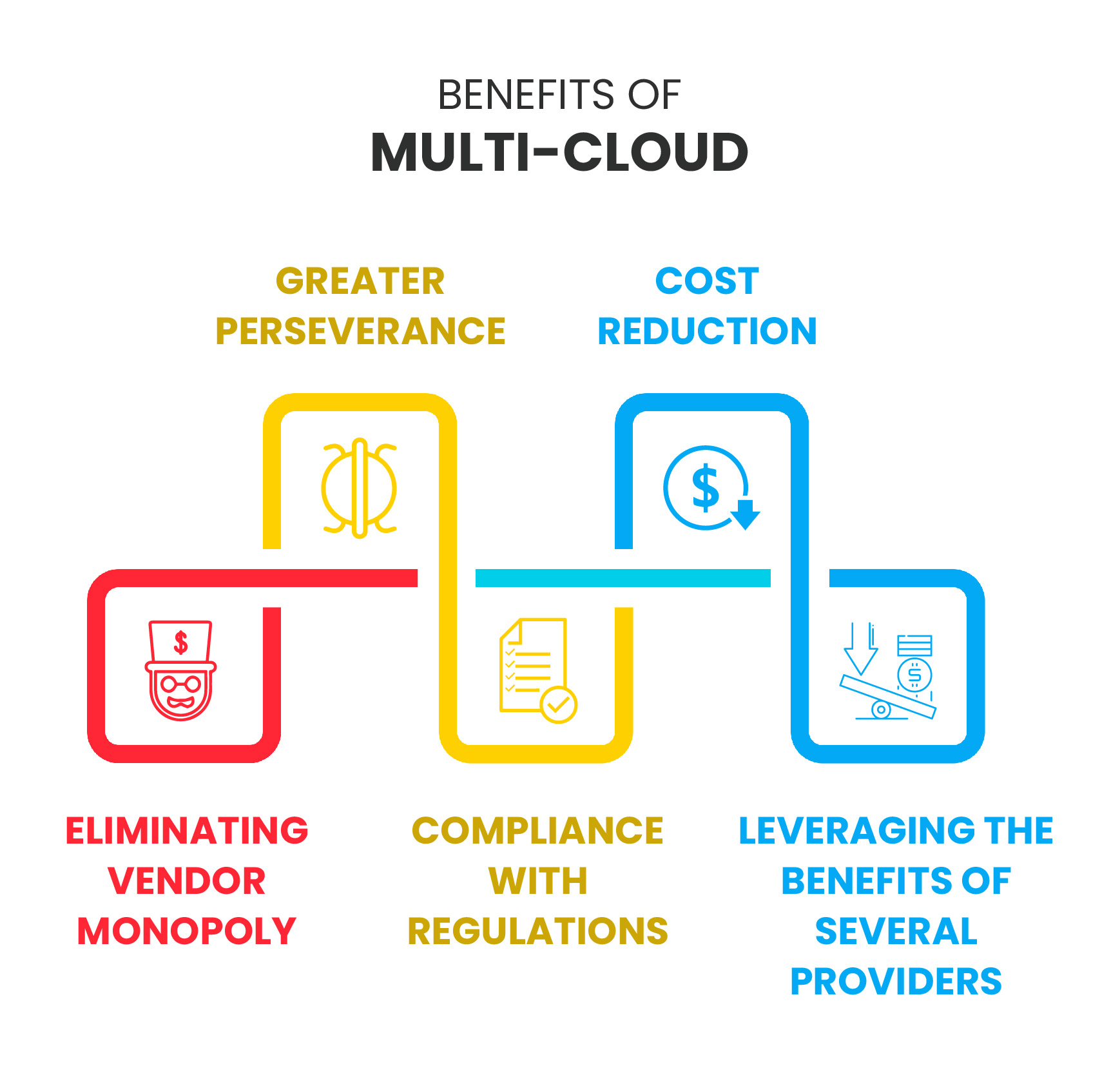
Monitoring and Troubleshooting Multi-Cloud Performance
Managing multi-cloud environments effectively requires organizations to monitor and troubleshoot multi-cloud performance in a timely manner. Multi-cloud performance management involves monitoring resource utilization, application performance, and network latency across multiple cloud providers. By implementing robust performance management strategies, organizations can ensure that their multi-cloud environments remain performant, available, and reliable.
Monitoring resource utilization is critical for multi-cloud performance management. Resource utilization refers to the amount of computing resources, such as CPU, memory, and storage, that are being used by applications and services in the multi-cloud environment. By monitoring resource utilization, organizations can identify performance bottlenecks, optimize resource allocation, and prevent resource exhaustion. Cloud providers offer various monitoring tools, such as AWS CloudWatch, Azure Monitor, and Google Cloud Monitoring, that can be used to monitor resource utilization in multi-cloud environments.
Monitoring application performance is also essential for multi-cloud performance management. Application performance refers to the speed, responsiveness, and availability of applications and services in the multi-cloud environment. By monitoring application performance, organizations can identify performance issues, diagnose their root causes, and implement corrective actions. Application Performance Management (APM) tools, such as AppDynamics, Dynatrace, and New Relic, can be used to monitor application performance in multi-cloud environments.
Monitoring network latency is critical for multi-cloud performance management. Network latency refers to the time delay that occurs when data is transmitted over a network. By monitoring network latency, organizations can identify network performance issues, diagnose their root causes, and implement corrective actions. Network monitoring tools, such as Nagios, Zabbix, and Prometheus, can be used to monitor network latency in multi-cloud environments.
Troubleshooting multi-cloud performance issues requires a systematic approach. Organizations should follow a troubleshooting framework, such as the “divide and conquer” approach, to identify the root cause of performance issues. The “divide and conquer” approach involves dividing the multi-cloud environment into smaller components, isolating the problematic component, and diagnosing the issue. Once the root cause is identified, organizations can implement corrective actions, such as scaling resources, optimizing code, or fixing network issues.
In addition to these strategies, organizations should also stay informed about emerging trends and best practices in multi-cloud performance management. By staying informed, organizations can proactively address new performance management challenges and ensure that their multi-cloud environments remain performant and reliable.
Cultivating a Multi-Cloud Skilled Workforce
Managing multi-cloud environments effectively requires a skilled workforce that can design, deploy, and maintain multi-cloud architectures. With the increasing adoption of multi-cloud strategies, there is a growing demand for professionals who have the necessary skills and expertise to manage complex multi-cloud environments. Organizations can adopt various strategies to cultivate a multi-cloud skilled workforce and ensure that they have the right talent to manage their multi-cloud environments effectively.
One strategy for cultivating a multi-cloud skilled workforce is to invest in training and development programs. Organizations can provide their employees with access to multi-cloud training courses, certifications, and workshops. These programs can help employees develop the necessary skills and expertise to manage multi-cloud environments effectively. Multi-cloud training courses are available from various vendors, such as AWS, Microsoft, and Google Cloud, as well as from independent training providers.
Another strategy for cultivating a multi-cloud skilled workforce is to hire multi-cloud experts with the necessary skills and expertise. Organizations can hire multi-cloud architects, engineers, and administrators who have experience in designing, deploying, and maintaining multi-cloud environments. Hiring multi-cloud experts can help organizations ensure that they have the right talent to manage their multi-cloud environments effectively. Multi-cloud experts are available from various sources, such as staffing agencies, recruitment firms, and job boards.
Creating a multi-cloud skilled workforce also requires organizations to establish a culture of continuous learning and development. Organizations can encourage their employees to learn new skills and technologies by providing them with access to online resources, such as blogs, forums, and communities. Organizations can also establish mentorship programs that pair junior employees with experienced multi-cloud professionals. Mentorship programs can help employees develop the necessary skills and expertise to manage multi-cloud environments effectively.
In addition to these strategies, organizations should also stay informed about emerging trends and best practices in multi-cloud management. By staying informed, organizations can ensure that their workforce is up-to-date with the latest multi-cloud management trends and best practices. Staying informed can also help organizations identify new opportunities for multi-cloud management and ensure that their workforce is prepared to address new multi-cloud management challenges.
In conclusion, cultivating a multi-cloud skilled workforce is critical for managing multi-cloud environments effectively. Organizations can adopt various strategies, such as investing in training and development programs, hiring multi-cloud experts, and establishing a culture of continuous learning and development, to ensure that they have the right talent to manage their multi-cloud environments effectively. By investing in their workforce, organizations can ensure that they have the necessary skills and expertise to manage complex multi-cloud environments and achieve their business objectives.
